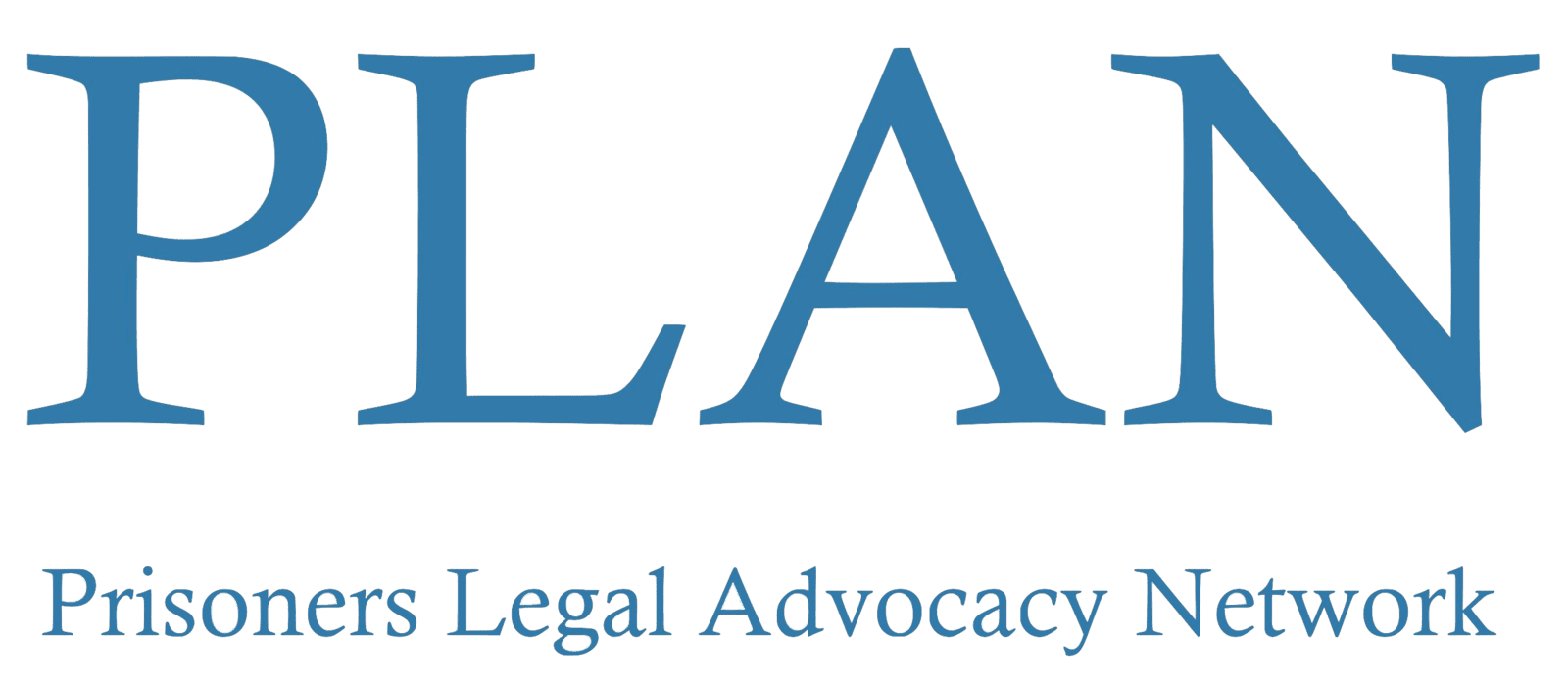
PLAN Data Analytics:
Prisoner-Led Advocacy Driven by Prisoner-Reported Data
PLAN Data Analytics:
Prisoner-Led Advocacy Driven by Prisoner-Reported DataOfficial prison data is routinely self-reported by prison employees who have vested interests in avoiding scrutiny by government administrators and members of the general public. The same is true of data produced by probation and parole agencies and contractors who administer halfway house programs upon which formerly incarcerated individuals’ continued freedom depends. The selective omission of information that reflects unfavorably on the “correctional management” of state agencies and contractors creates discrepancies between prison and probation/parole operations as they are reflected in official data on one hand and conditions as they are actually experienced by presently and formerly incarcerated people on the other.
PLAN is the only organization that collects, tracks, and analyzes nationwide data regarding conditions of confinement in U.S. prisons and jails that is reported by prisoners, not prisons. PLAN also tracks conditions of supervised release and probation/parole that are reported by formerly incarcerated people. PLAN collects data reported by individuals who are directly impacted by the criminal legal system through: 1) PLAN’s intermittent national surveys and 2) PLAN reporting forms that are received from incarcerated and returning individuals on an ongoing basis. Once anonymized, this data is analyzed in ongoing collaboration with jailhouse lawyers and other directly impacted people, whose situational awareness helps contextualize primary source material and data trends.
PLAN data analytics dashboards provide unique insights about evolving trends and patterns of rights-violating and dignity-denying conduct by state agencies, officials, and contractors as reported by the presently and formerly incarcerated individuals who experience them firsthand. By using PLAN’s dynamic data dashboards, which are updated with new data on an ongoing basis, it is possible to review prisoner-reported conditions of confinement concerns according to a variety of measures. Search parameters include geographic region, state, correctional system, time period, and category (or combination of categories) of concern. PLAN also develops dedicated dashboards that reflect the representations of post-release conditions as reported by returning citizens.
This primary source data from presently and formerly incarcerated people helps raise awareness of conditions in prison and re-entry facilities and conditions of release in various jurisdictions. PLAN data dashboards enable advocates, researchers, reporters, and members of the public to compare and contrast these conditions among facilities and jurisdictions. PLAN data serves as a powerful counter-weight to the official data and representations of the state officials, agencies, and contractors who are imbued with sweeping discretion in their control over the daily lives and wellbeing of directly impacted people.
PLAN data analytics may help legal professionals who advocate for prisoners and pro se litigants who prosecute civil rights cases against officials and agencies of the criminal legal system develop pattern and practice arguments that corroborate the allegations of presently and formerly incarcerated plaintiffs. PLAN’s searchable primary source data may also enhance journalists’ investigative reporting on prison and re-entry issues, provide substantiation for community organizers’ demands for more humane prison and post-release conditions, and help advocates and organizers develop data-driven strategies that are informed by the concerns most frequently articulated by directly impacted people.
About PLAN’s Data Analytics Dashboards
Applications of PLAN’s Data Analytics Dashboards
Applications of PLAN’s Data Analytics Dashboards
Applications of PLAN’s live dashboards, which are based on our unique data set of prisoner- and returning citizen-reported conditions inside include the following.
Impact of PLAN Data Analytics
© 2016-2022 Prisoners Legal Advocacy Network
PLAN ♦ 244 5th Avenue ♦ Suite 2517 ♦ New York, NY 10001
+1-833-654-PLAN